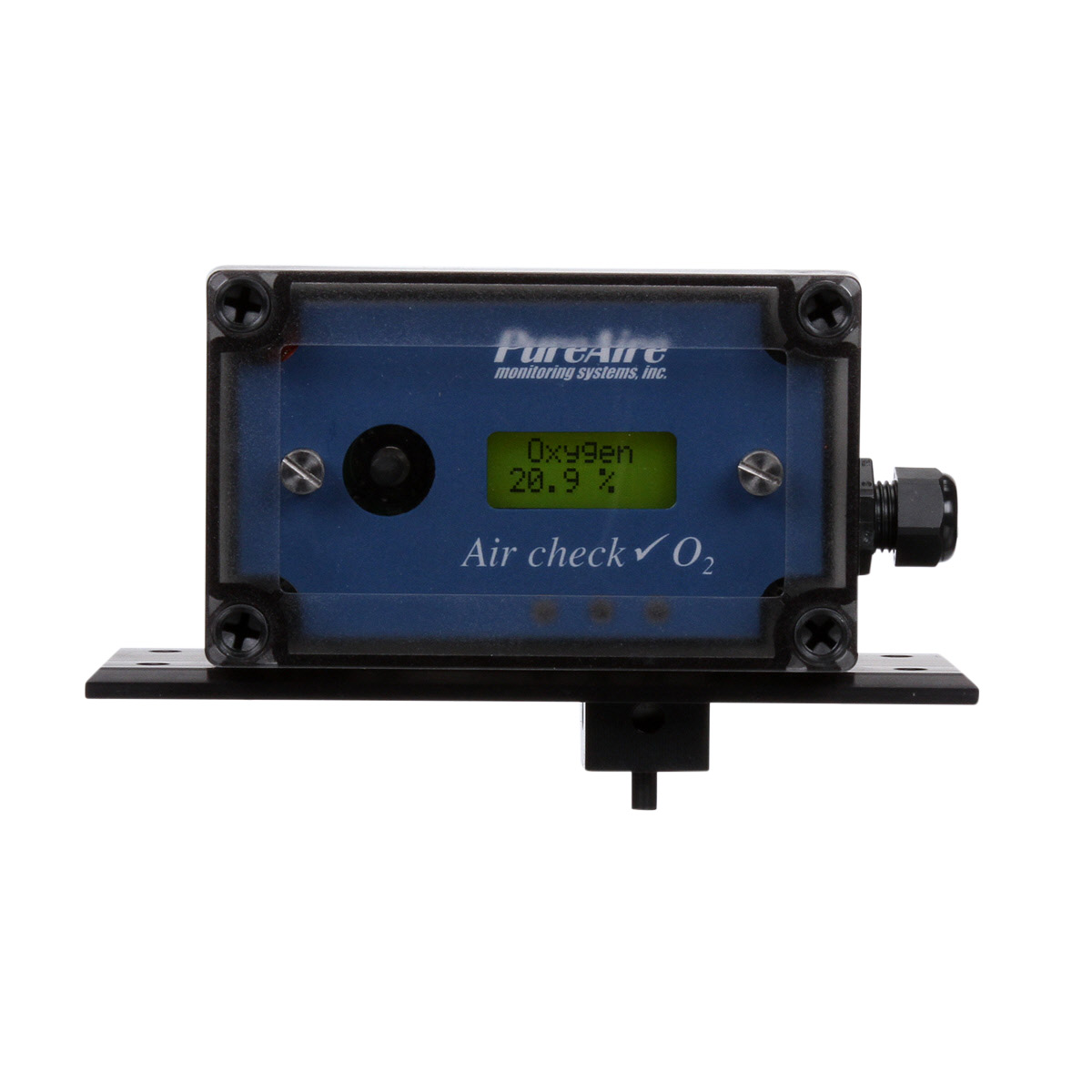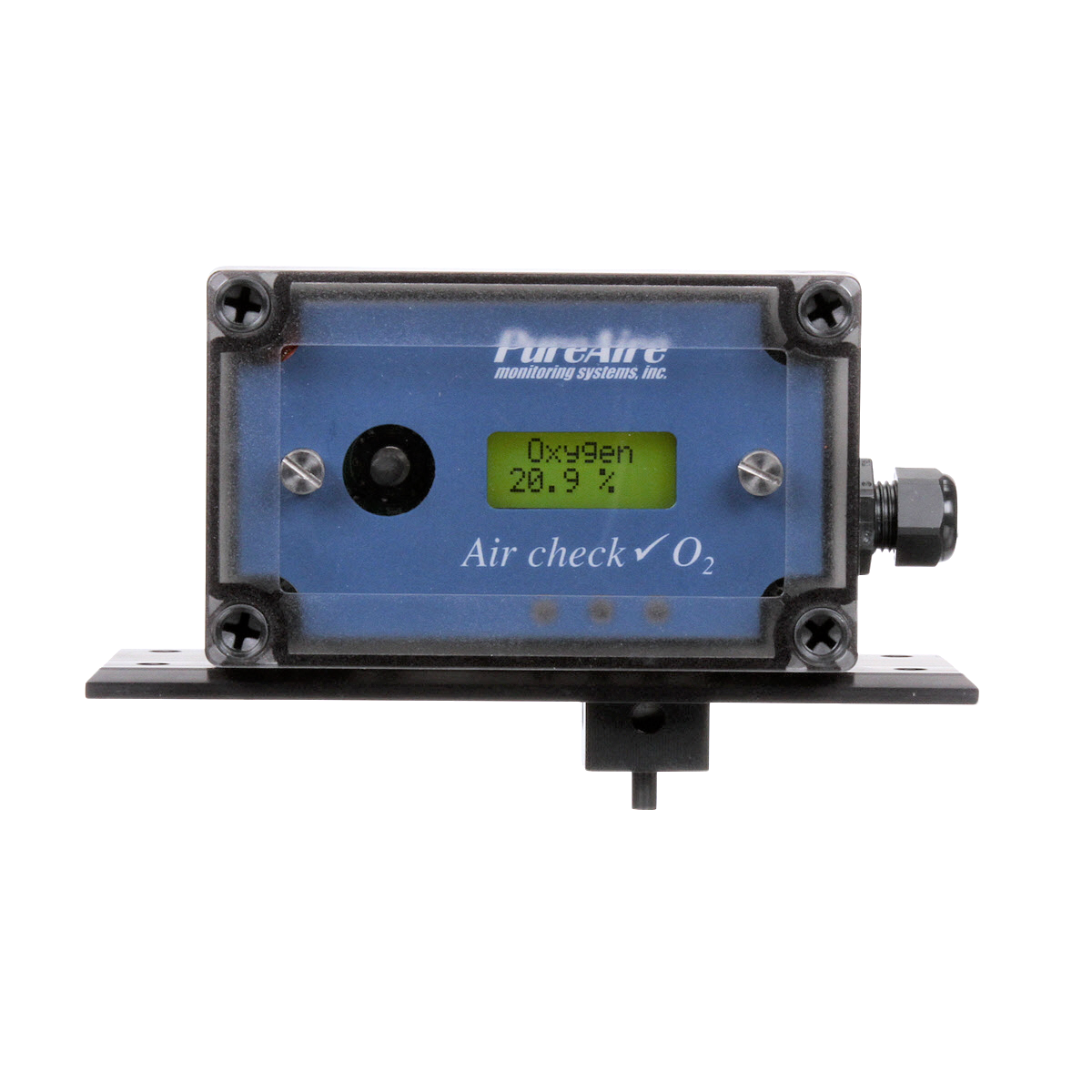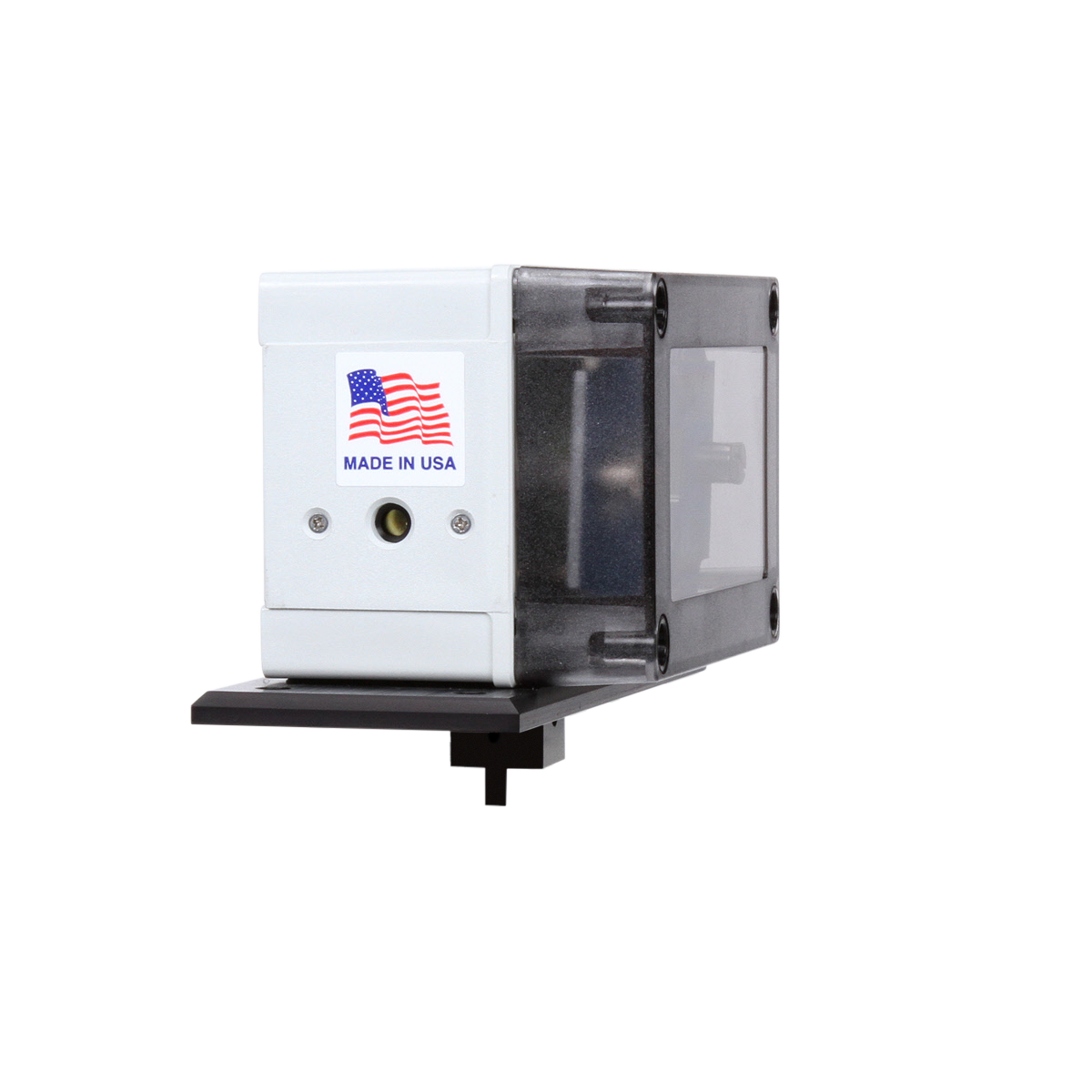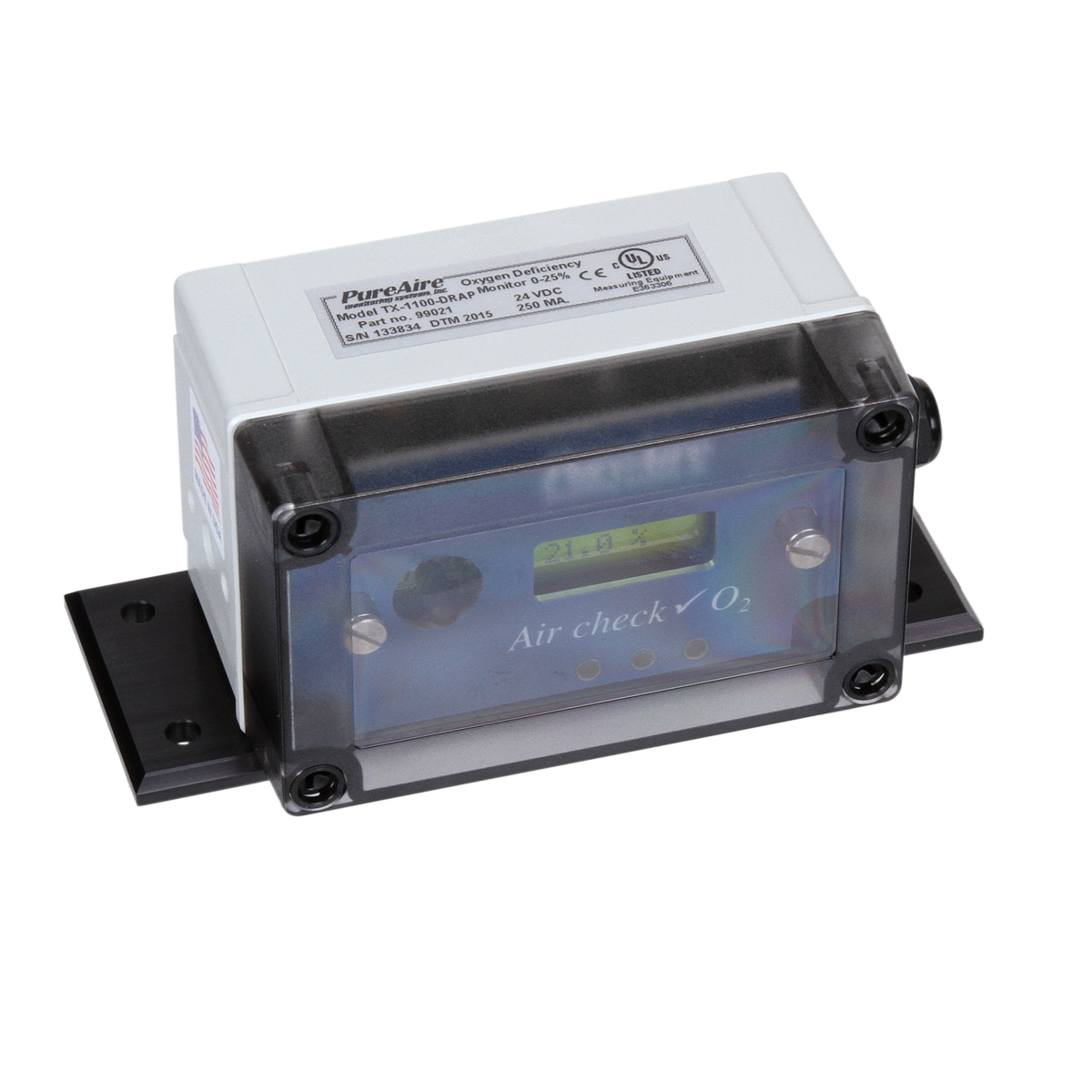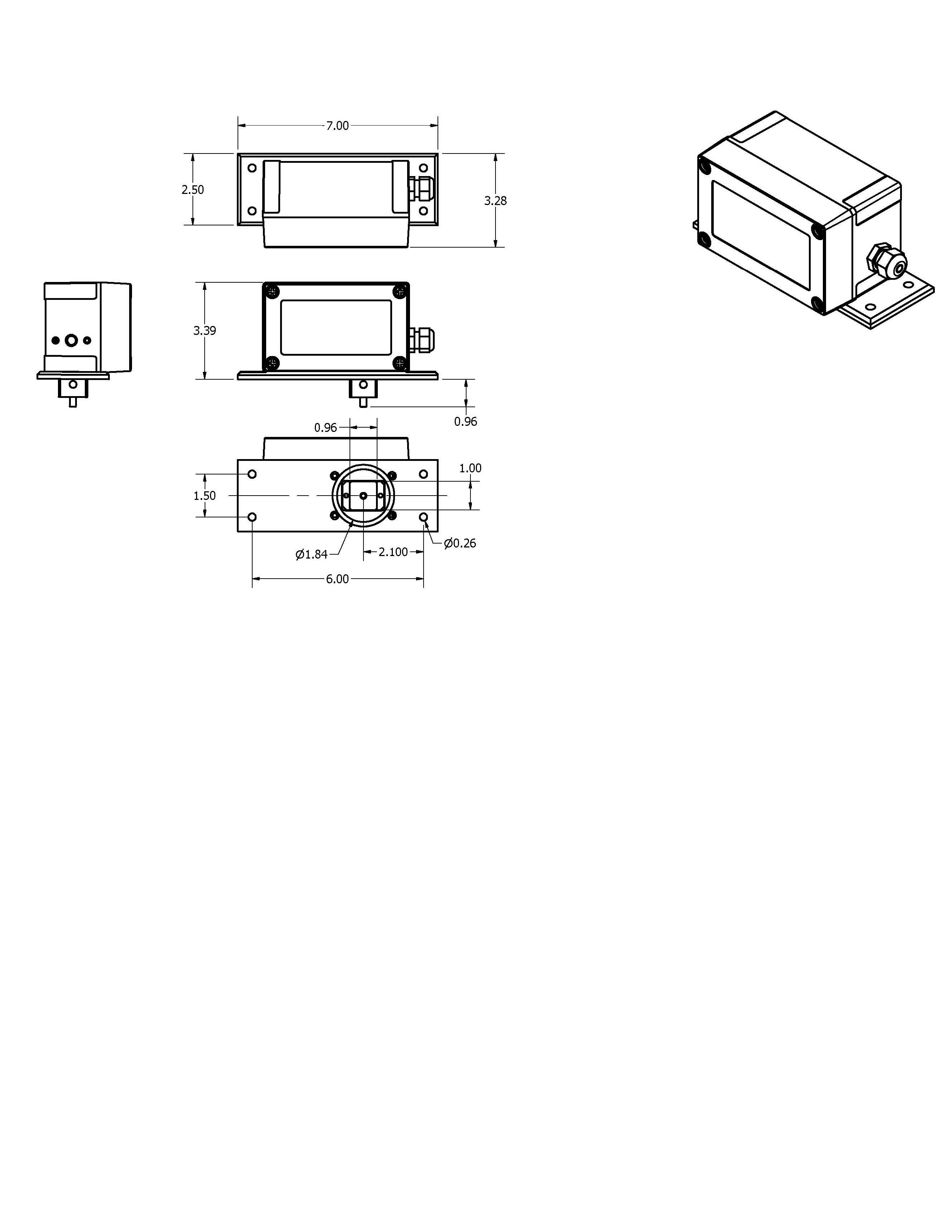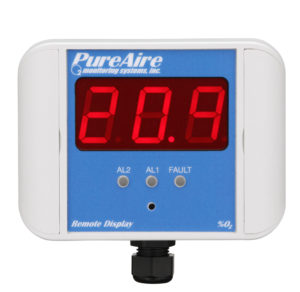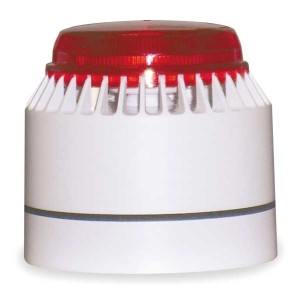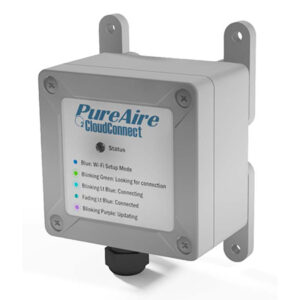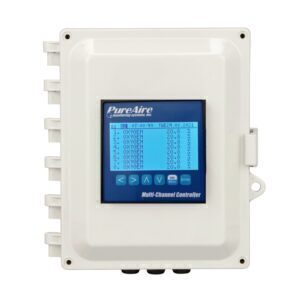- Designed for mounting on Glove Boxes
- Long life 10 + years average sensor life
- Two-Alarm Relays for 19.5% and 18.0%
- No Scheduled Maintenance Required
- Built-in audible alarm 90 dB
- 3 Year Warranty
- No Drift due to Thunderstorms or barometric pressure changes
- Local display
- 4-20mA output (Active)
- UL, C UL, and CE Approvals
- 24V DC Power Supply Included (99021)
- International Power Supply Included (99142)
PureAire Monitoring Systems is a leading manufacturer of O2 monitors. We created a better product that eliminates the inconvenience of disposable sensors while continuing to meet your needs. When it comes to O2 deficiency detection, PureAire makes the longest-lasting, most reliable, and affordable oxygen monitors. There are no hidden costs and no replacement of the sensor for 10+ years.
The O2 monitor is used in laboratories using Nitrogen, and Argon. The monitor is also used in confined spaces, glove boxes, incubators, gas hoods, cryogenic gas storage, and research and development. PureAire Oxygen Monitors are built with a long-lasting zirconium oxide sensor cell that responds to changing conditions within seconds at temperatures down to -40C.
Easy to operate, the O2 monitor‘s joystick controls an audible alarm with visual alarm indicators. The instrument uses a local display and can be linked to fire alarm systems.
The monitor requires no scheduled maintenance or calibration due to its long-life sensor. Built-in “supervised watchdog” software continuously monitors all instrument functions 24/7. PureAire’s Oxygen Monitor is not affected by humidity, temperature, or changes in barometric pressure. Rapidly changing barometric pressure from thunderstorms will not disrupt PureAire’s oxygen deficiency monitor. The majority of oxygen monitors sold use depleting electrochemical sensors that require frequent maintenance and calibration. PureAire’s Oxygen monitor can save up to $400 annually on replaceable sensors.


